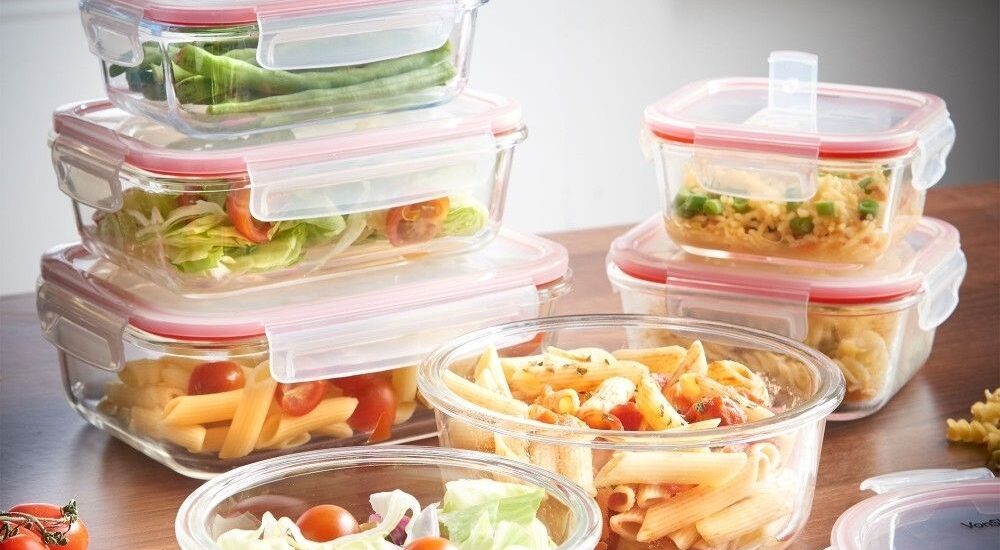According to the most recent market research study by FMI, the market for thermoformed containers worldwide is anticipated to grow at a CAGR of 4.6% between 2023 and 2033. The market is anticipated to grow to a value of US$ 19.9 billion in 2023. The worth is predicted to reach US$ 31.6 billion by 2033.
Important elements that could fuel market expansion include:
- the cost-effectiveness of the value offered.
- the possibility of recycling.
- rising consumption of packaged foods.
Thermoformed items are manufactured by heating stiff polymers or closed-cell foams to a malleable temperature during the thermoforming process. For the proper shape, these are formed utilising vacuum and pressure forming procedures.
“As an efficient, durable and safer mode of packaging, thermoformed containers have penetrated in a wide range of applications ranging from consumer goods to medical packaging. With the advent of 3D printing tools, manufacturing capacities of thermoforming are set to expand in the future. And on the back of increased efforts in recycling, thermoformed containers are likely to observe steady growth prospects in the coming years wherein volume sales are expected to reach 191 billion units in 2019, totaling revenues worth US$ 16.6 billion,” says FMI.
Request a Sample Report with Table of Contents and Figures: https://www.futuremarketinsights.com/reports/sample/rep-gb-8606
Thermoformed Trays and Lids Segment Lucrative, Blisters are Top Selling
The study finds that trays and lids continue to garner greater revenues while blisters remain top-selling product and held one-third of the global sales in 2018. Thermoformed trays and lids accounted for over one-fifth of the sales and remained the most lucrative segment.
Increased use of blister packaging has led manufacturers to introduce various innovations in the form of enhanced protective features, production and technology integration and sustainability. In particular, pharmaceutical packaging manufacturers are leveraging these innovations in the blister packaging to meet the evolving expectations of stakeholders while maintaining a good profit margin.
Thermoformed trays and lids are highly embraced by end-users owing to their versatility in design manufacturing and customization for brand marketing. Also, efficient sealable feature combined with effective resealing extends the application scope of thermoformed trays and lids across end-user industries ranging from food to pharma.
Over 3 in 10 Thermoformed Containers Sold in 2018 were of Polyenthylene
The study finds that polyethylene thermoformed containers accounted for over one-third volume sold in 2018. Polypropylene remains the second most preferred material and accounted for over one-fifth share of the total thermoformed containers sold in 2018.
Polyethylene fits well in the packaging industry’s trending material features such as light-weight and strength. High density polyethylene (HDPE) is one of the highly dependable material among different polymers used across thermoforming container applications. Along with rigidity, polyethylene provides resistance to stains, odors and moisture- characteristics that are highly embraced across industrial applications.
Well aware of polyethylene’s popularity, manufacturers provide a number of options with respect to shape, color, size and thickness, implying its widespread adoption.
Preview Analysis Global Thermoformed Containers Market Segmentation by Material Type (polyethylene, polypropylene, polyvinyl chloride, polystyrene); By Product type (blisters, clamshells, cups & bowls, and trays & lids); By end use (food & beverages, pharmaceuticals, personal care & cosmetics, home care products, and electronics & electrical and others): https://www.futuremarketinsights.com/reports/thermoformed-containers-market
4 in 10 Thermoformed Containers Sold to Food and Beverage Industry in 2018
The study reveals that the food and beverage industry continues to register increasing demand for thermoformed containers and accounted for 40% sales in 2018. Growing demand for canned and packaged food on the back of changing lifestyles and urbanization is contributing to the sales of thermoformed containers in the food and beverage industry. A trend of ready-to-eat food and a growing emphasis on hygienic packaging further increases demand for thermoformed containers in the F&B sector.
Sales in the pharmaceutical industry remained the second largest, accounting for 3 in 10 thermoformed containers’ sales in 2018. Blisters are the highly embraced packaging products, especially for medicines whose sales have increased exponentially over the past few years.
Thermoformed Containers Sales Spearheaded by APEJ
The FMI study opines that APEJ spearheads the thermoformed container consumption. In 2018, the region accounted for over one-third of the global volume sales with China at the helm of thermoformed container sales in APEJ. The region presents lucrative opportunities for manufacturers with the availability of raw materials, low-cost labor and significant demand for thermoformed packaging from end-use applications. Also, investments in food and beverage as well as pharmaceutical packaging is increasing with the expanding middle class and improving economic scenario.
Our advisory services are aimed at helping you with specific, customized insights that are relevant to your specific challenges. Let us know about your challenges and our trusted advisors will connect with you: https://www.futuremarketinsights.com/askus/rep-gb-8606




